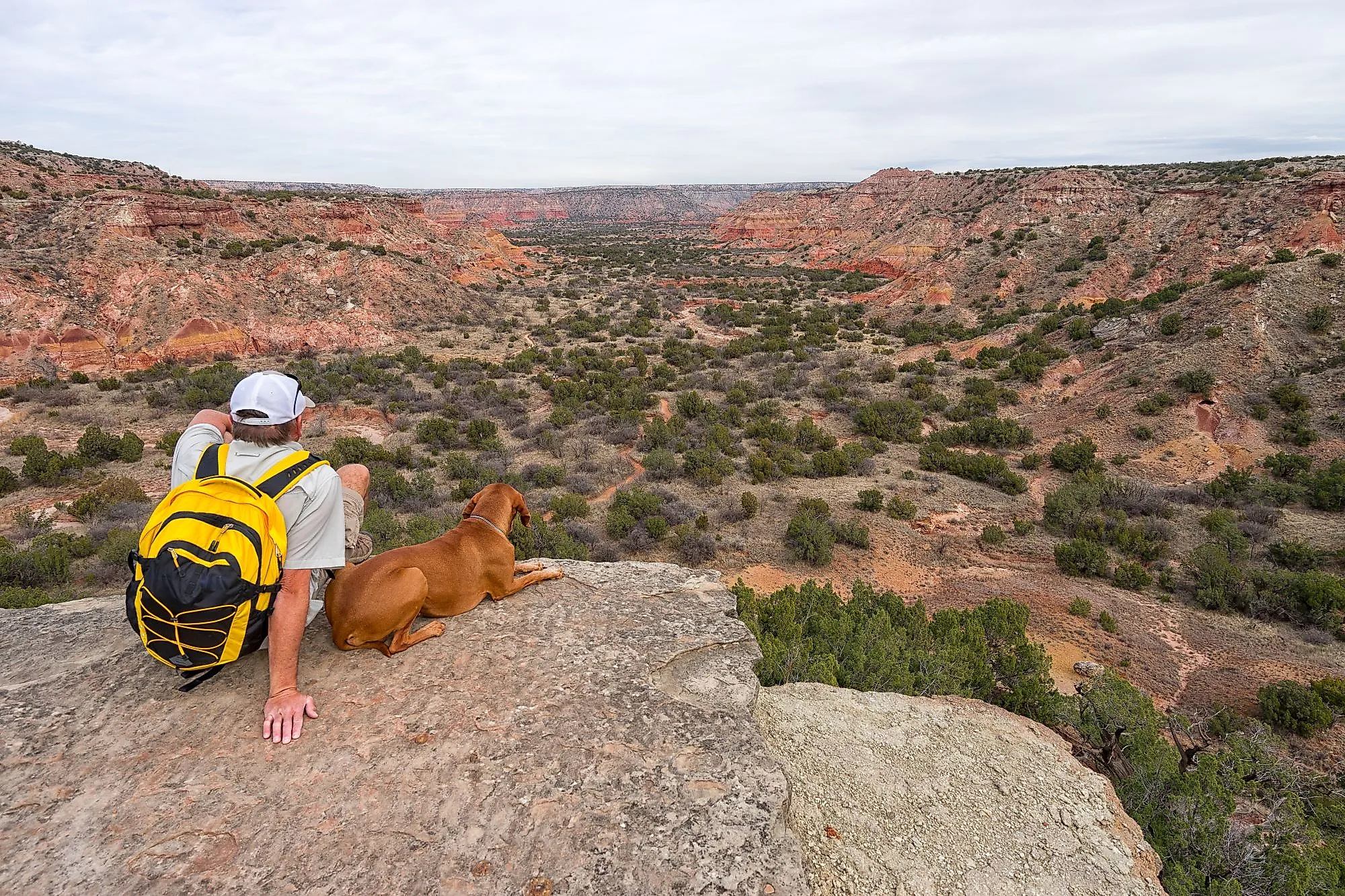
Palo Duro Canyon, Texas
In the center of the Texas Panhandle sits the Palo Duro Canyon, the second-largest canyon in the United States. Canyon's Mainstreet town is approximately 14 miles away, and it is only 25 miles from Amarillo's downtown. The Texas Panhandle's canyon is its most magnificent and picturesque natural feature. It was created by water erosion caused over millions of years by the Prairie Dog Town Fork of the Red River and the wind in West Texas. Palo Duro Canyon State Park, which was established on July 4, 1934, covers 29,182 acres of the Palo Duro Canyon's picturesque, northernmost section. Many of the structures and roadways that are still in use by park employees and tourists were constructed by the Civilian Conservation Corps.
Geography Of The Palo Duro Canyon
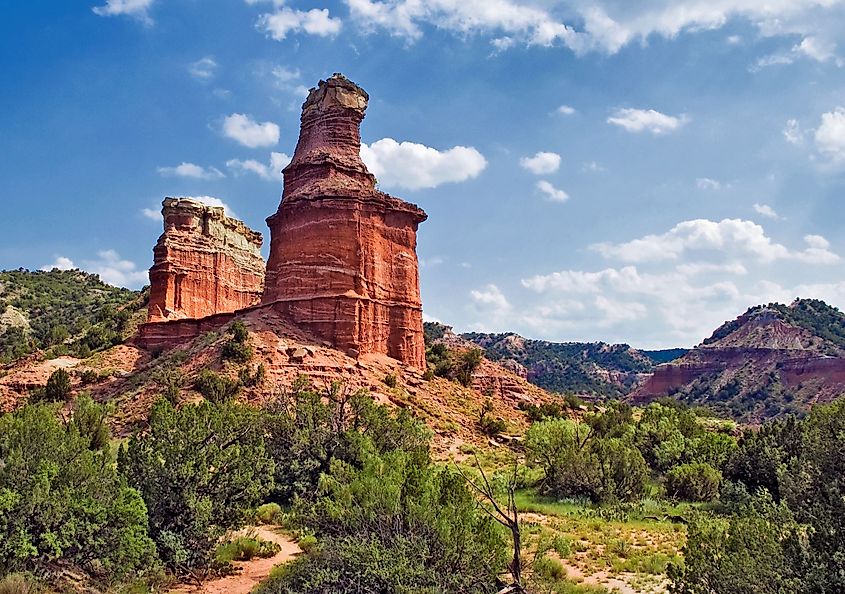
Palo Duro Canyon, which is in northern Texas and is occasionally referred to as "The Great Canyon of Texas," is the country's second-largest Canyon. It extends from Randall County, which is located 15 miles southeast of Amarillo, to Armstrong County, and into Briscoe County. The Canyon's maximum depth is more than 800 feet, although, in certain places, it rises over 1,000 feet. It is up to 32km broad and 190km long. It rises 3,500 feet above sea level at the rim. Palo Duro Canyon is second only to the Grand Canyon in terms of size, but it also compares favorably in terms of its desolate, rough, Butch-and-Sundance-like splendor, albeit with a very different appearance. Earth tones from volcanic eruptions are everywhere in the Grand Canyon. Palo Duro is a vibrant red and green, with green coming from the junipers, trees, live oaks, and cactus that adorn its surfaces and red from the extremely iron-rich soil. These colors appear more artificial than natural at certain times of the day. The Ogallala, Tecovas, Trujillo, and other noteworthy formations, which are natural formations that resemble artificial structures like a lighthouse, towers, etc., are part of a natural protected area close to the Canyon.
Climate Of The Palo Duro Canyon
The summers in Canyon are warm and mainly clear, while the winters are brief, bitterly cold, snowy, stormy, and partially cloudy. The average yearly temperature ranges from 26℉ to 91℉, rarely falling below 14℉ or rising over 100℉. From late May to late September is the ideal time of year to visit the Canyon for warm-weather activities. The average daily high temperature is above 83°F during the summertime, which runs from May 24 to September 16. The hottest month of the year in Canyon is July, with an average high temperature of 91°F and a low temperature of 67°F. The average daily high temperature is below 59°F during the winter season, which runs from November 23 to February 21. January is the year's coldest month, with typical lows of 26°F and spikes of 52°F.
Geology Of The Palo Duro Canyon
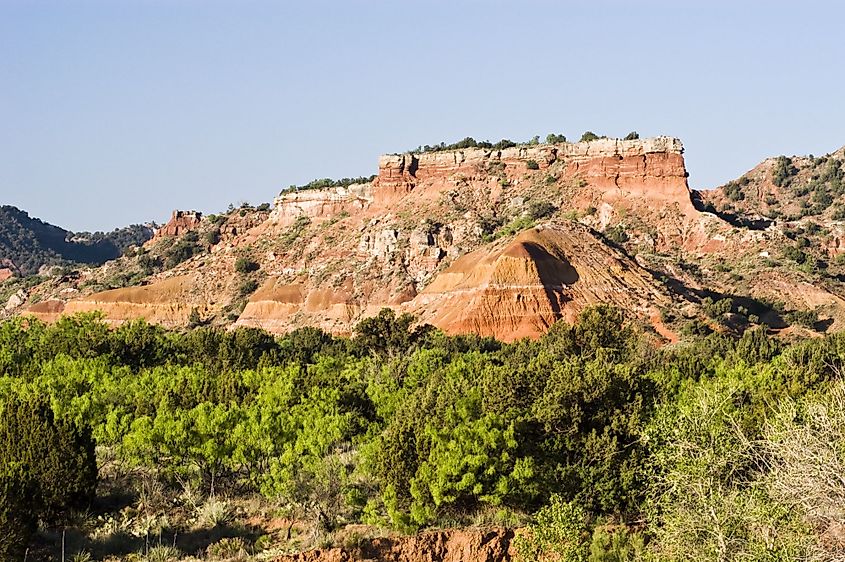
As one drops 500 feet to the canyon's floor, one can see the stunning colors of the four different geologic layers. A million years ago, the canyon first started to form. However, the canyon's walls, which are around 250 million years old, reveal a much older geologic tale. Palo Duro, which translates to "hardwood" in Spanish, alludes to the hardwood shrubs and trees that can be found in the canyon. In the past 90 million years, the headwaters of the Prairie Dog Town Fork of the Red River and accompanying weathering formed Palo Duro Canyon into the Eastern Caprock escarpment of the High Plains. In the rock strata, fossils of long-extinct animals and vegetation have been discovered. Numerous pinnacles, buttes, and cliffs, each topped by an erosion-resistant sandstone or other rock, add to the canyon's aesthetic magnificence.
Brief History Of The Palo Duro Canyon
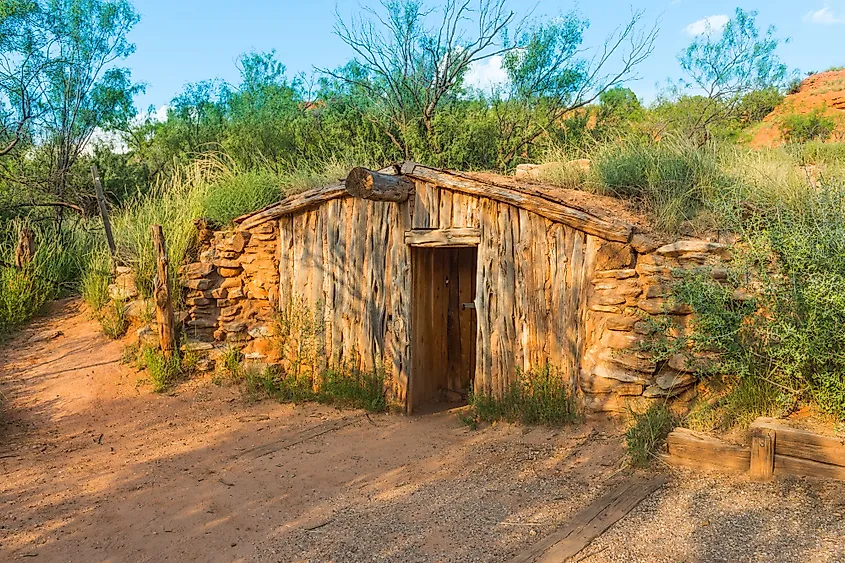
The canyon was presumably found by early Spanish explorers, who gave it the Spanish name Palo Duro, which means "hard wood" in reference to the junipers and mesquite plants. Palo Duro Canyon has been inhabited for around 12,000 years. Initially residing in the canyon, the Clovis and Folsom peoples engaged in extensive mammoth and gigantic bison hunting. More recently, other tribes utilized the canyon's abundant resources, including the Apache, Comanche, and Kiowa. The Coronado expedition's participants, who may have camped and rested there in the late spring of 1541 while looking for Quivira and the treasures it was said to contain, were most likely the first Europeans to view Palo Duro Canyon. Bands of Apache Indians from the pre-horse era lived in the area at the time, and they mainly relied on buffalo for food, clothing, and shelter. The canyon developed into a significant Comanche and Kiowas campground in the eighteenth century once the Plains Indians obtained horses. Comancheros, or traders from New Mexico, frequently visited Palo Duro to conduct business with the local Indians. Charles Goodnight established the JA Ranch in the canyon in 1876. More than 100,000 cattle heads were housed on the ranch at its height. Up until 1890, Goodnight ran the ranch. It is still in operation today, albeit a tiny portion of its former area.
Flora And Fauna Of The Palo Duro Canyon
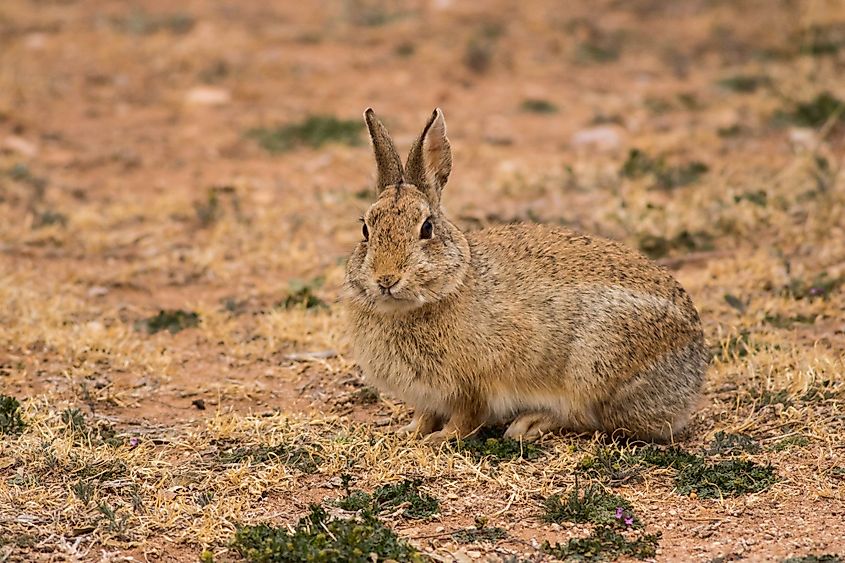
Palo Duro Canyon is home to various animal species because of its diverse habitats. The Palo Duro mouse and the Texas horned lizard are two threatened species that reside there. Mountain lions, wildcats, coyotes, mule deer, hedgehogs, ringtails, otters, rabbits, eagles, wild turkeys, scaled sparrows, blue and scrub jays, canyon and rock thrushes, and bushtits are among the current year-round inhabitants. Golden eagles, mountain bluebirds, golden-crowned kinglets, and the sporadic northern shrike or evening grosbeak are also present during the winter. Due to its location in the river's flood plain, the canyon floor also supports various plant species. Along with junipers, the canyon is also home to cactus, cottonwood, alder, western soapberry, and hackberry plants.
In addition to all that, Palo Duro Canyon State Park offers excellent spectacular scenery, historic landmarks and markers, picnic tables, public bathrooms and showers, miles of hiking and camping trails, horse riding, a small gift shop with a grill, and a variety of camping & parking areas largely owing for day trips, overnight tent camping, or extended stays in the largest of campers and motorhomes. The park also has more than 16 miles of paved road and a descent of about 800 feet to the canyon floor.











